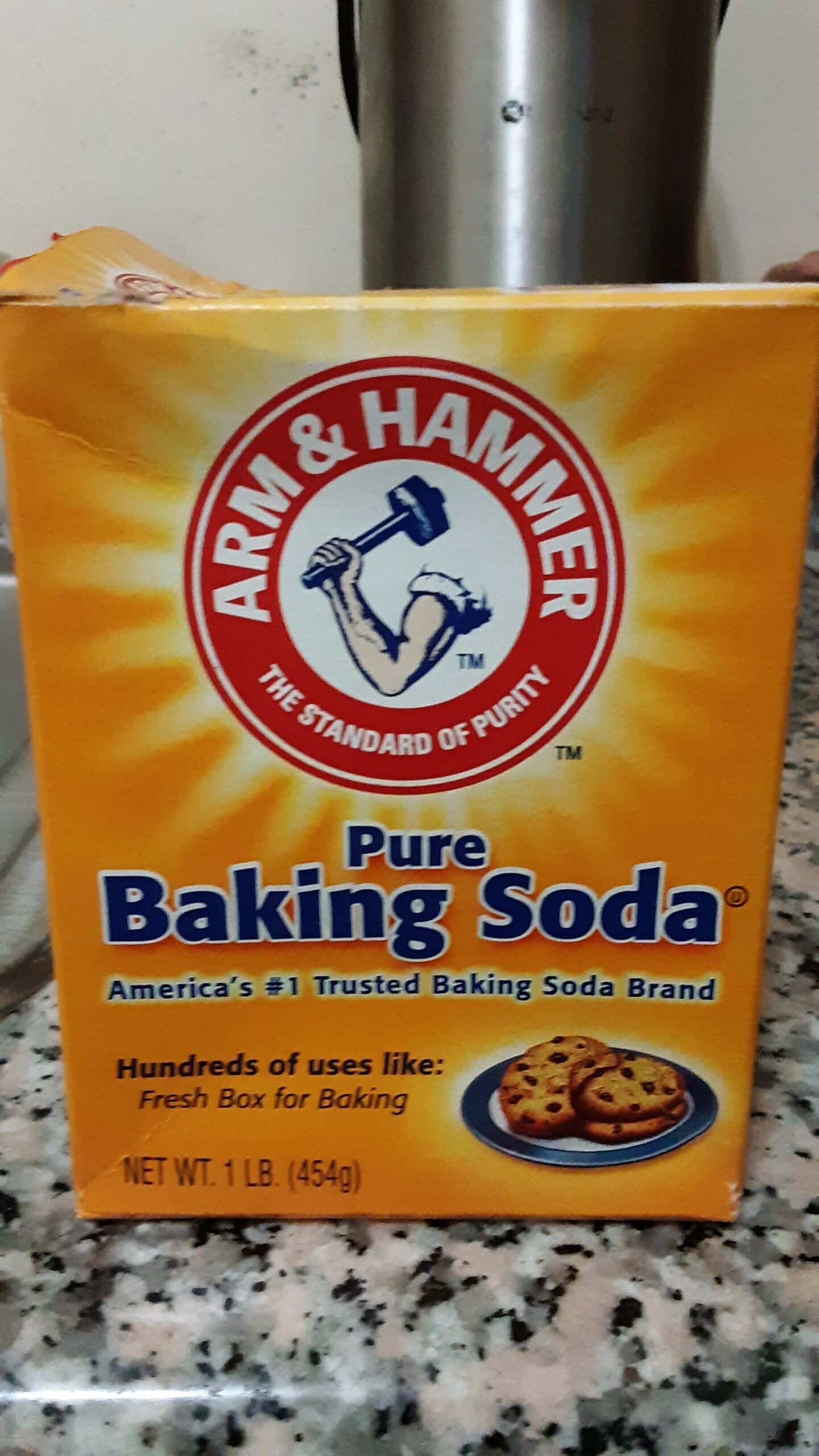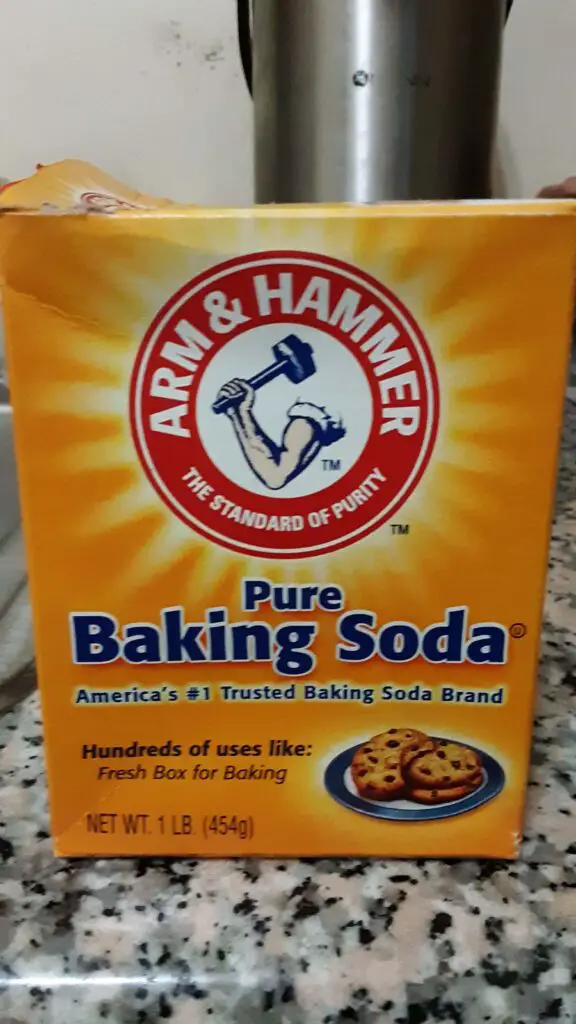Key Takeaways
-
Baking soda is a mild base with a pH around 8. It neutralizes acids by accepting H+ protons.
-
When baking soda reacts with acidic ingredients like buttermilk or yogurt, it produces carbon dioxide bubbles that act as a leavening agent to make batters rise.
-
Thanks to its alkaline properties, baking soda has many helpful household uses for cleaning, deodorizing, beauty needs, and indigestion relief.
-
Acids and bases are differentiated by properties like pH, taste, and reaction with indicators like litmus paper. Acids release H+ ions, while bases release OH- ions.
-
The pH scale measures acidity and alkalinity on a scale from 0-14. Pure water is neutral at pH 7. Acids are below 7 and bases are above.
-
When mixed, acids and bases neutralize each other by exchanging H+ and OH- ions to form water and a salt. This brings the pH to neutral.
So in summary, baking soda is indeed a base according to its chemical characteristics. Understanding this will help you become a kitchen wizard and improve how you use this versatile substance!
Table of Contents
Introduction

As a home chef, the chemistry of your ingredients really matters. Understanding acids and bases will help you bake superior goodies and become an all-star in the kitchen!
In this post, we’ll look at:
- The difference between acids and bases
- How baking soda reacts with acids
- The chemical properties of baking soda
- Its common household uses
So grab your lab coat and safety goggles – we’re diving into a chemistry lesson on this kitchen necessity to reveal once and for all whether baking soda is an acid or a base!
Acids vs. Bases: A Chemistry Refresher
Before determining where baking soda falls on the pH scale, let’s refresh our knowledge about acids and bases. Understanding the difference is important to unlocking the secrets of baking soda!
Defining Acids and Bases
Acids and bases are common types of chemicals characterized by different properties:
- Acids taste sour, react with metals like zinc, and turn litmus paper red. Vinegar, lemon juice, and battery acid are common acidic substances.
- Bases taste bitter, feel slippery, and turn litmus paper blue. Bleach, soap, and lye are household bases.
Acids produce H+ ions when dissolved in water, making solutions acidic. Bases produce OH- ions, creating alkaline solutions.
Measuring Acidity and Alkalinity
The pH scale measures a substance’s acidity or alkalinity on a scale from 0 to 14:
- Acidic solutions have a pH below 7
- Basic solutions have a pH above 7
- Pure water has a neutral pH of 7
Strong acids like battery acid have a low pH around 1-3. Weak acids like vinegar are about pH 2-4.
Strong bases like lye have a high pH of 13-14. Weak bases like baking soda are around 8-9.
Acid-Base Reactions
When acids and bases react, they can neutralize each other. This is because:
- Acids release H+ ions that are accepted by bases
- Bases release OH- ions that combine with H+ ions from acids
- The result is water and a salt. No more H+ or OH- ions means a neutral pH!
For example, sulphuric acid + sodium hydroxide → water + sodium sulphate
Now that we’ve reviewed acid-base chemistry, let’s see where baking soda fits in!
How Baking Soda Reacts with Acids
Now that we know the difference between acids and bases, we can demystify how baking soda interacts with acidic ingredients in cooking and baking. Now I will discuss the chemical reactions at play!
Acidic Reactants
Many common cooking ingredients are acidic, like:
- Vinegar (acetic acid): pH of 2-3
- Buttermilk: pH of 4-5
- Lemons (citric acid): pH of 2-3
- Cream of tartar (tartaric acid): pH of around 3
These acids lend tangy, bright flavors to foods. But they also react with baking soda.
Baking Soda to the Rescue
When baking soda (sodium bicarbonate) encounters an acid, the two react in a neat chemical reaction:
Baking soda (NaHCO3) + Acid → Carbon dioxide (CO2) + Water + Salt
For example:
Baking soda + Vinegar → Carbon dioxide + Water + Sodium acetate
Carbon Dioxide – The Leavening Agent
The carbon dioxide gas produced is what gives baked goods their desirable rise! The bubbles get trapped as the dough bakes, causing it to inflate like a fluffy soufflé.
Without baking soda’s reaction with acids, baked goods would be flat and dense. The chemical leavening power of baking soda is a baker’s best friend.
Neutralizing Acidity
Baking soda doesn’t just make batters rise – it also neutralizes acidic ingredients like yogurt, honey, or fruit juices.
By accepting H+ ions from acids, baking soda raises the pH and improves the flavor profile of baked goods. Less acid = better taste!
The next time you whip up banana bread or pancakes, thank baking soda for making them lighter, fluffier, and less sour!
The Chemical Properties of Baking Soda
We’ve seen baking soda in action with acids – now let’s focus on its own chemical properties. Analyzing its pH, ionic form, and reaction with water reveals a lot about this kitchen staple.
Alkaline pH
Baking soda has a pH of 8.3, making it a base on the pH scale. A pH above 7 indicates an alkaline, not acidic, compound.
Pure baking soda is slightly basic, but not strongly so. It’s less alkaline than something caustic like bleach or oven cleaner.
Ionic Breakdown
The chemical formula for baking soda is NaHCO3, which dissociates into ions:
- Na+ – sodium cation
- HCO3- – bicarbonate anion
These ions dysassociate when baking soda dissolves in water. The bicarbonate (HCO3-) ion is alkaline and accepts H+ protons, neutralizing acids.
Dissolving Reactions
When mixed with water, baking soda forms an alkaline solution. Here’s the reaction:
NaHCO3 + h3O → Na+ + HCO3- + OH-
The OH- ions make it a basic solution. More H+ ions would be needed to neutralize the OH- and bring the pH down.
Base Qualities
Based on its pH, ionic form, and water reactions, baking soda is indeed a base. It doesn’t release H+ protons like acids – instead it accepts them, making it alkaline.
Now that we know it’s a base, Now I will discuss why it’s so useful!
The Many Uses of Baking Soda
Now that we’ve confirmed baking soda is a mild base, Now I will discuss some of its most popular uses that take advantage of its alkaline properties:
Baking Magic
Baking soda is the baker’s secret weapon for light, airy baked goods. A small amount reacts with acidic ingredients, producing fluffy carbon dioxide bubbles that make batters rise. This gives us:
- Fluffy pancakes
- Cake layers that aren’t dense
- Soft dinner rolls
- Chewy chocolate chip cookies
Without baking soda, these treats would turn out flat!
Cleaning Power
Around the house, baking soda’s mild alkalinity allows it to clean and deodorize without harsh chemicals:
- Freshen carpets by sprinkling baking soda before vacuuming.
- Combine with vinegar to bubble away clogged drains.
- Scrub baking soda on grimy pots and pans.
- Deodorize the fridge by leaving an open box inside.
Beauty Aid
Personal care products like toothpaste, facial scrubs, and shampoo contain baking soda to:
- Gently exfoliate and polish away dead skin cells
- Remove product buildup from hair
- Neutralize acids that degrade tooth enamel
Health Uses
When ingested, baking soda can briefly neutralize stomach acid and relieve heartburn or acid reflux. It’s also used in antacids like Alka-Seltzer.
Be aware that excessive consumption can increase sodium levels. Moderation is important!
The next time you use baking soda, appreciate all the ways this base makes life a little easier and more pleasant.
The Verdict: Baking Soda is a Base
After reviewing baking soda’s chemical properties and reactions, we can conclusively answer the original question – is baking soda an acid or a base?
The prewonderance of evidence points to baking soda being a base:
- It has a pH higher than 7, making it alkaline.
- When dissolved, it forms bicarbonate (HCO3-) ions which accept H+ protons.
- Baking soda neutralizes acids by accepting hydrogen ions.
- It doesn’t release H+ ions that characterize acids.
While baking soda does form carbonic acid when reacting with other acids, the end products are carbon dioxide and water which are neutral.
Why It Matters
Understanding that baking soda is a base helps explain its usefulness:
- It neutralizes acidity in batter and dough, improving flavor.
- The CO2 bubbles it produces helps batters “rise” while baking.
- Its alkalinity allows it to clean and deodorize without harsh chemicals.
So while it’s fine to use baking soda without considering the chemistry, you’ll be able to use it more effectively if you know it’s a base!
When in Doubt, Check the pH
If ever unsure whether a substance is acidic or basic, check its pH on the scale:
- Acids have a pH below 7
- Bases have a pH above 7
Baking soda’s pH of 8.3 confirms its status as a base. Mystery solved!
So there you have it – the science says baking soda is decidedly a base, not an acid. Time to put on your goggles and get busy in the kitchen!





